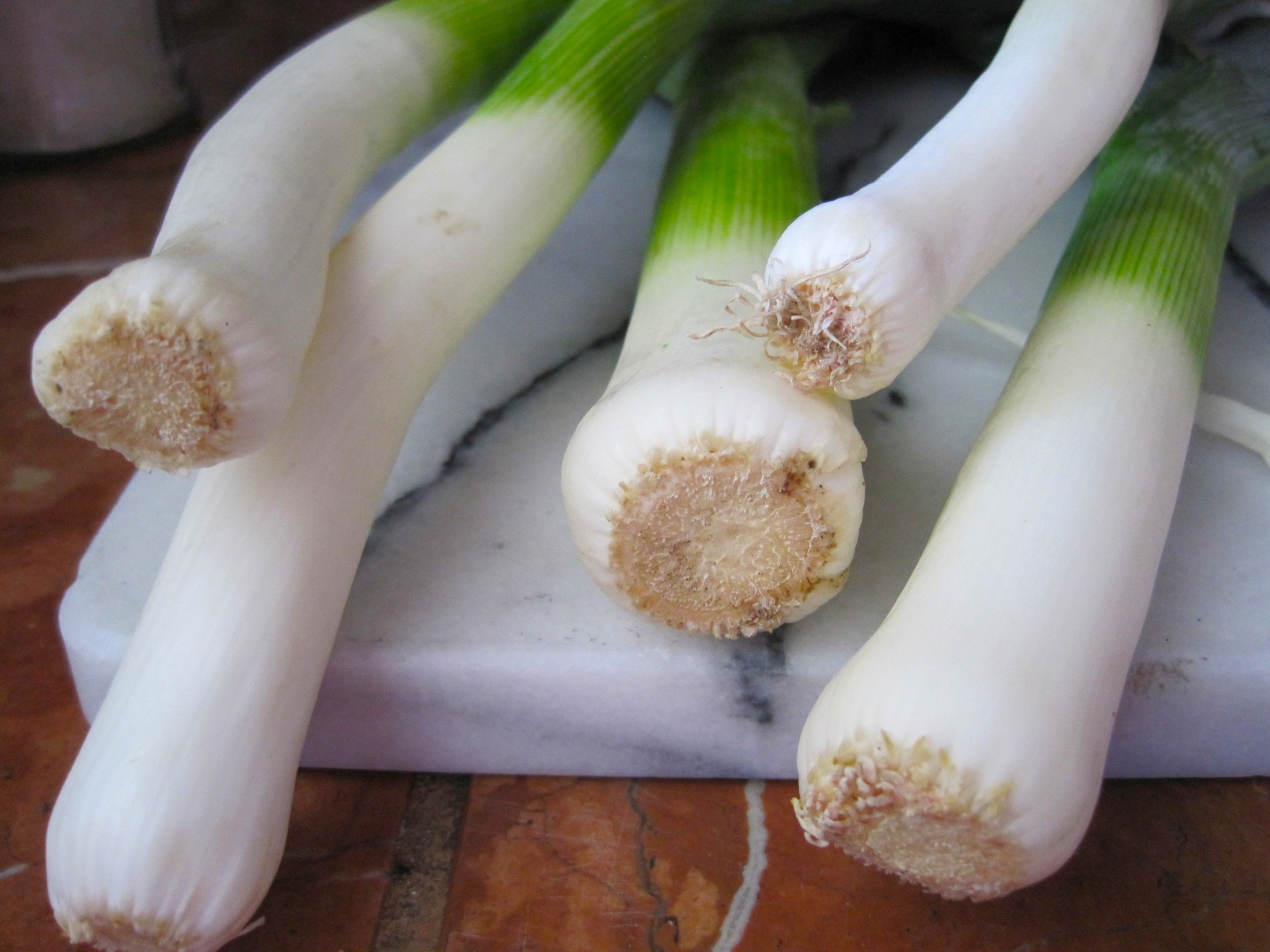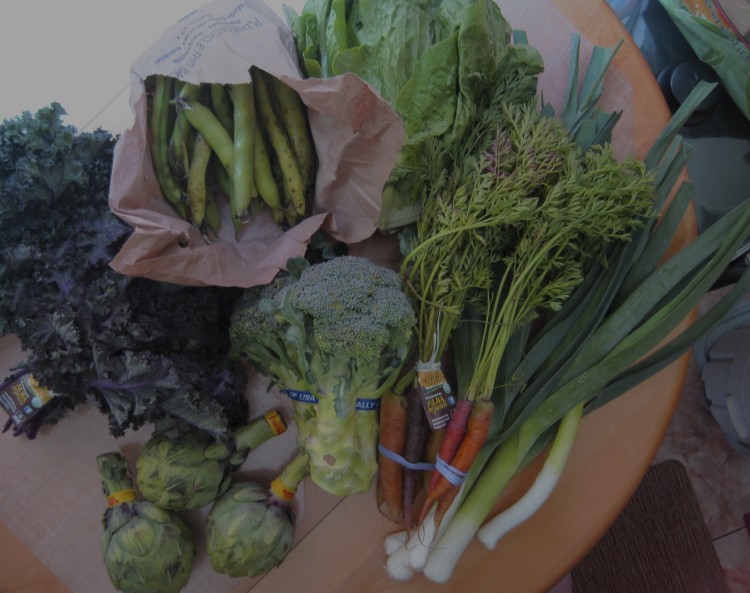
The red flecks in this jar of garlicky kale tapenade come from the red stems of the kale itself. This is served warm with chèvre and fresh crusty bread.
Albert & Eve included two beautiful bunches of red bohr kale in my first CSA box.
Normally I would braise the kale with kimchi and extra garlic, but I was out of luck in the kimchi department so I had to think of something else. Something really different. Especially since I served some of the other stuff in the box pretty conservatively, like the rainbow carrots in installment 4 of this series.
I had a large Acme sourdough round on my hands and a big log of basic chèvre — fresh goat cheese. Not the $40 a pound precious stuff, but the wonderful Laura Chenel that put US-produced chèvre on the map back in the day.
The wheels turned.
Why not make a warm tapenade to serve on top of thick slices of the bread slathered with the cheese? Chèvre is tangy, light and dry-creamy and goes well with opposite flavors and textures. Sturdy, curly-leaved red bohr, AKA “purple,” kale packs a pungent, bitter punch. It could work, I figured.
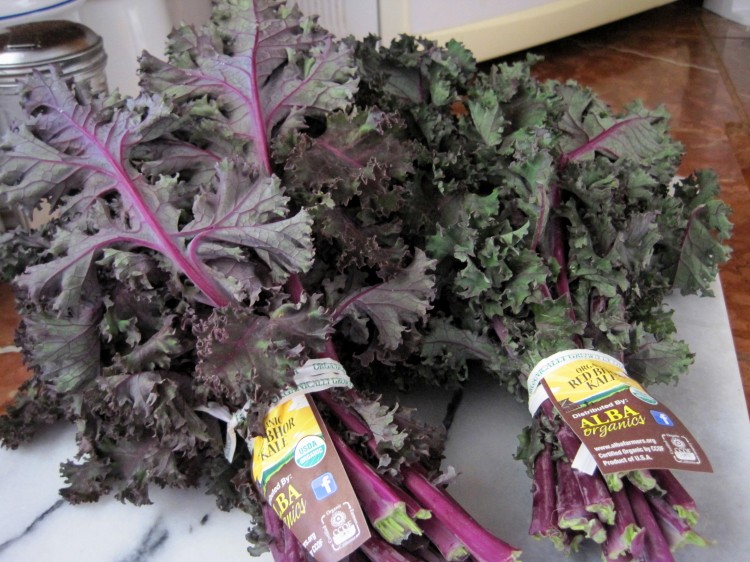
I washed and cut my kale into short strips, stems and all. No problem including the stems because the kale would be braised and processed.
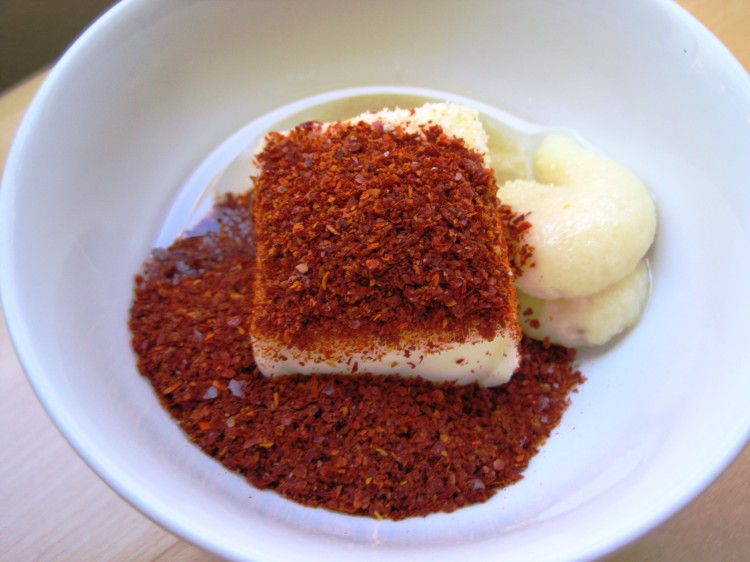
I used butter and oil in my saute mix. Why not? The tapenade would be eaten warm, so butter would work well, but you don’t have to use it. I tell you as much in the recipe at the end of this post.
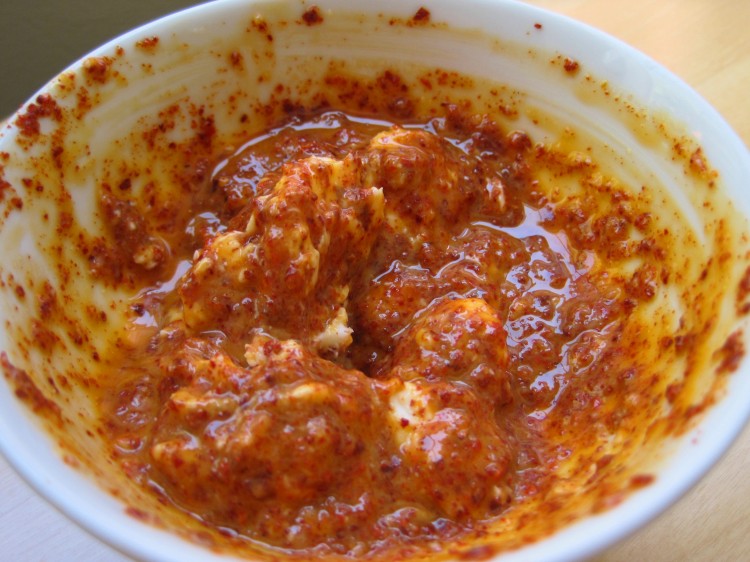
I sauteed the kale in the seasoned butter/oil mix, braised, processed and then pressed it into a pretty canning jar. Serving it in a glass jar was a nice little bonus that the family appreciated. They get the whole “eating with your eyes” thing around here.
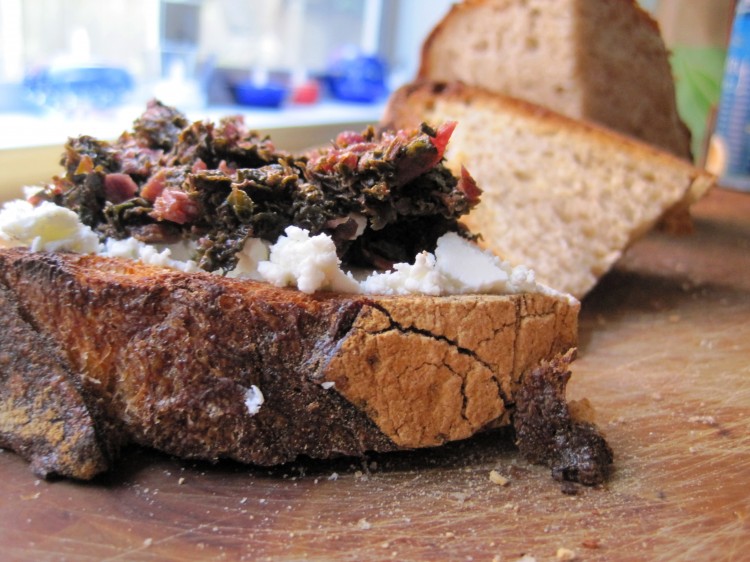
We toasted thickly-sliced bread, layed on goat cheese, and then topped with the warm kale spread.
I hope you give this a try as an altenative to your usual kale preparation. Even folks who don’t like it may in this disguise. After all, you have to find some way to get this nutrient-packed veggie into the people you feed.
- 2 bunches red bohr kale, washed and cut into 2-inch lengths
- 1 tablespoon unsalted butter, softened
- 3 tablespoons olive or vegetable oil (you can use all oil and no butter, if you like)
- 3 tablespoons crushed fresh garlic
- 1 teaspoon red pepper powder or flakes (to taste)
- Whatever else you like. A little chopped onion, for example. Chopped scallions. I sometimes use gochugaru (Korean red pepper flakes -- the kind used in kimchi) and a drop of fish or anchovy sauce. Make it to your taste with logical seasoning combinations and alter the instructions below appropriately).
- Kosher salt to taste (amount dependent upon what you use)
- ¾ cup water
- Mix softened butter, oil, garlic and pepper into a paste and add to saute pan
- Heat mixture over medium flame until just bubbly and then add kale
- Saute kale for about 3 mins
- Add a little salt, if needed
- Add ¾ cup water
- Bring to a boil, cover and turn flame to low
- Allow to braise for 5 to 8 mins
- Strain kale mixture, reserving liquid for another use, like soup, or to drink later. Be sure to press liquid out of kale mixture very well
- Add kale mixture to food processor and pulse until fine -- but not too fine!
- Taste and adjust seasonings
- Move to attractive bowl or press into small canning jar
- Serve warm. Base recipe can be spooned onto fresh crusty bread layered with chèvre. If you make the kale Asian-style, you can serve it with steamed buns and plum sauce, for example

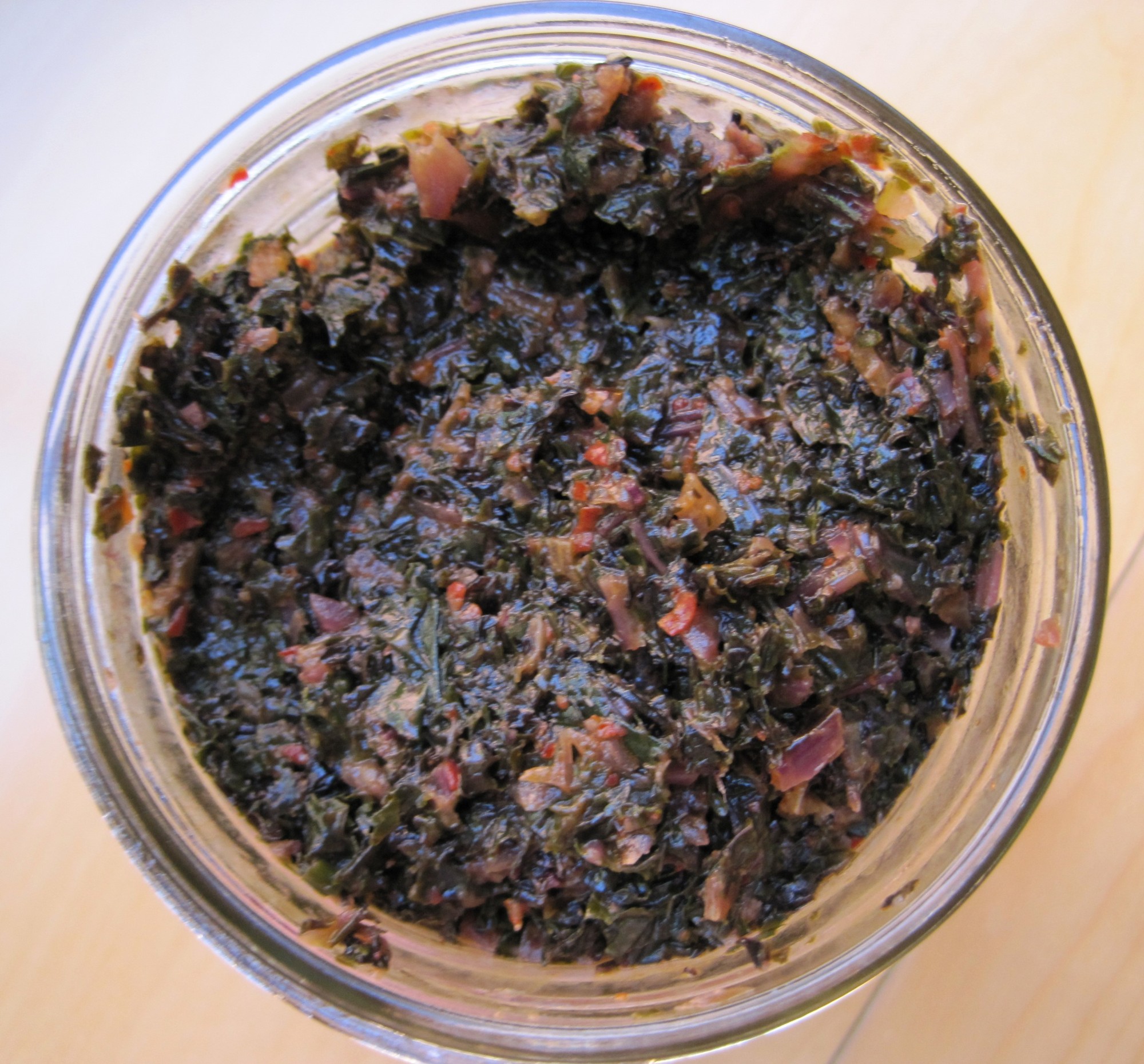

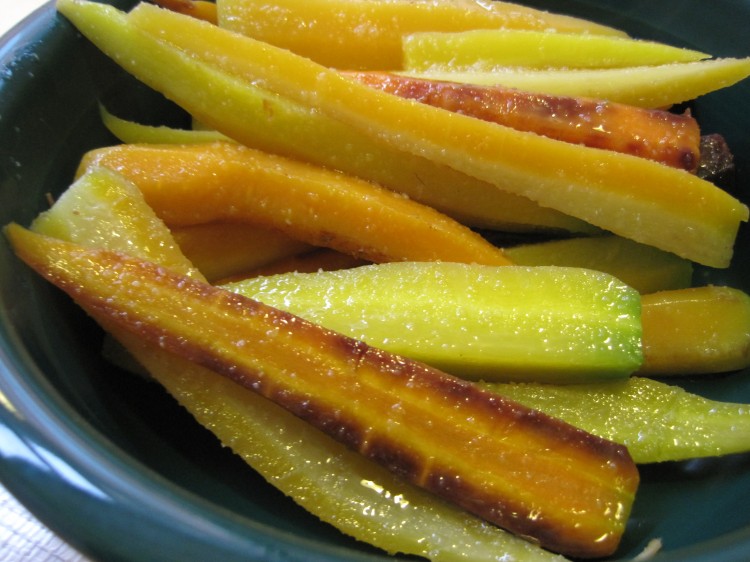
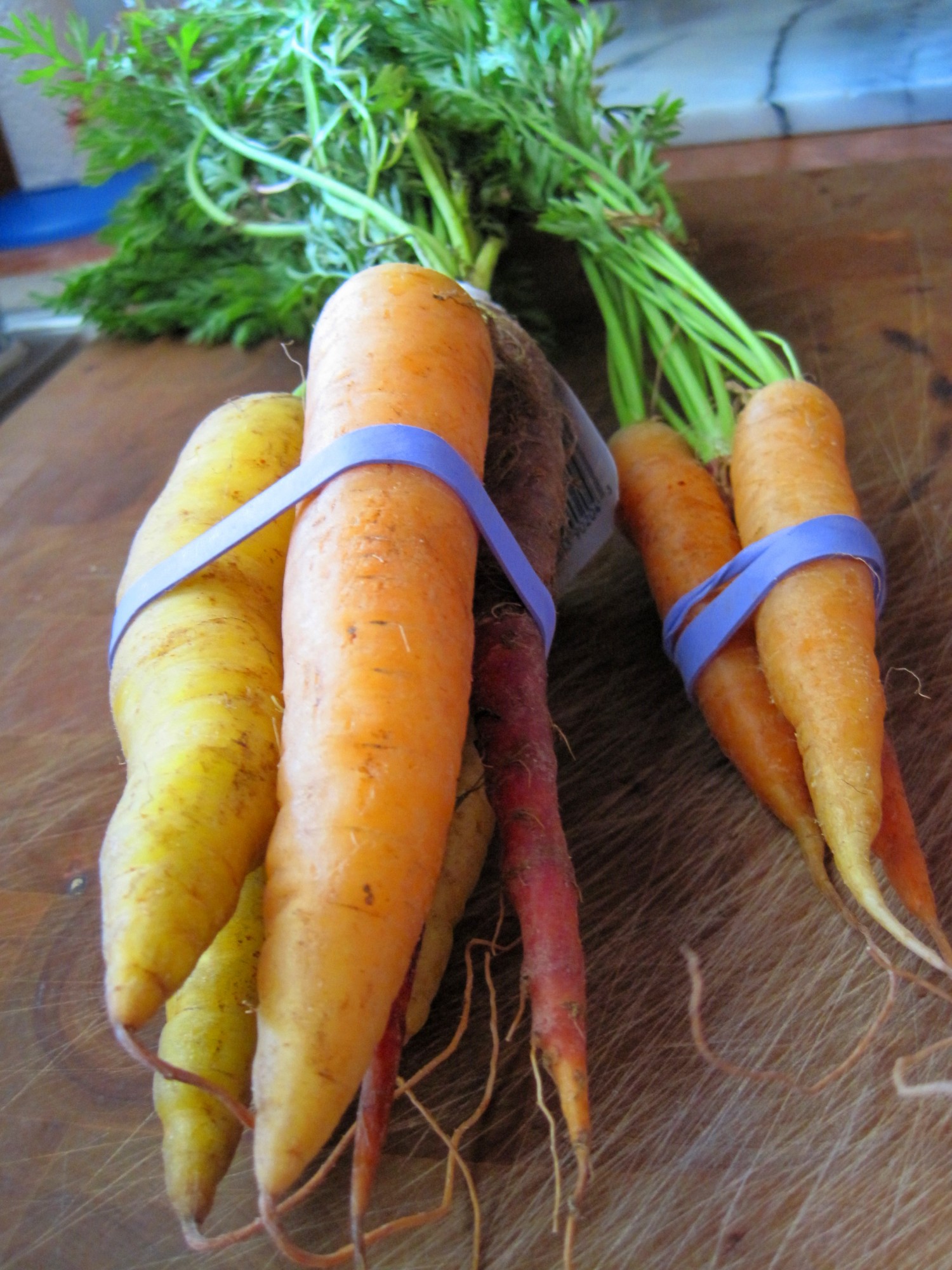
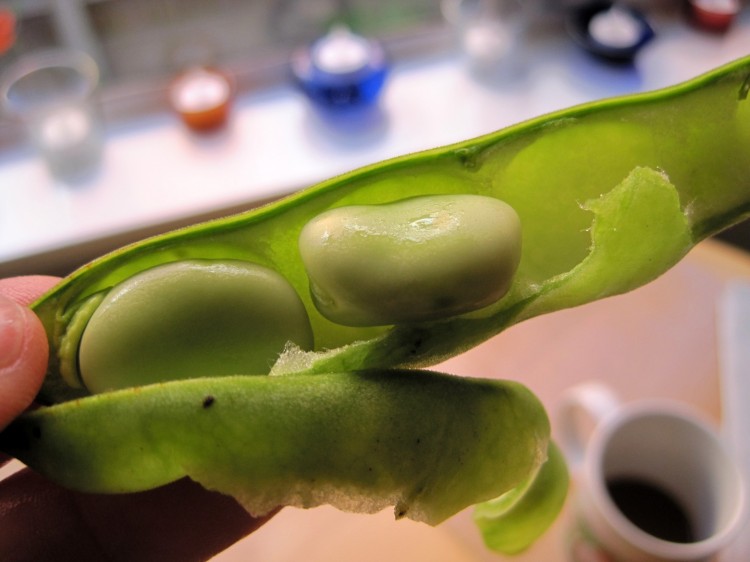
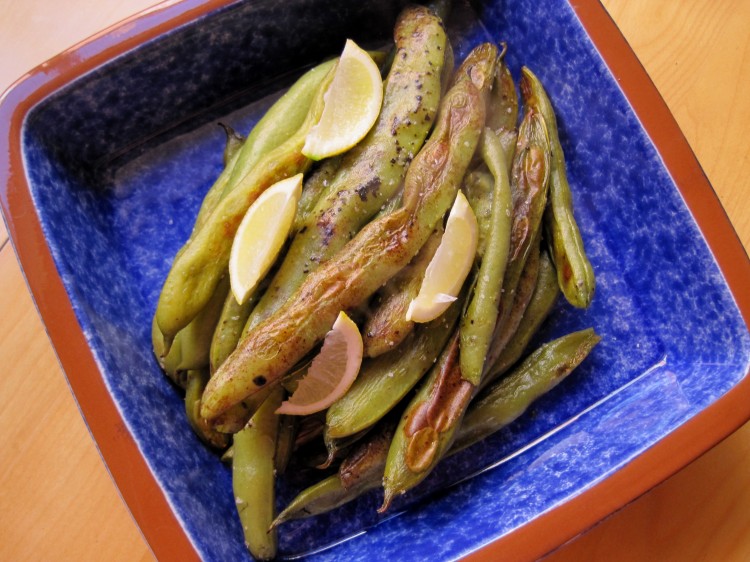
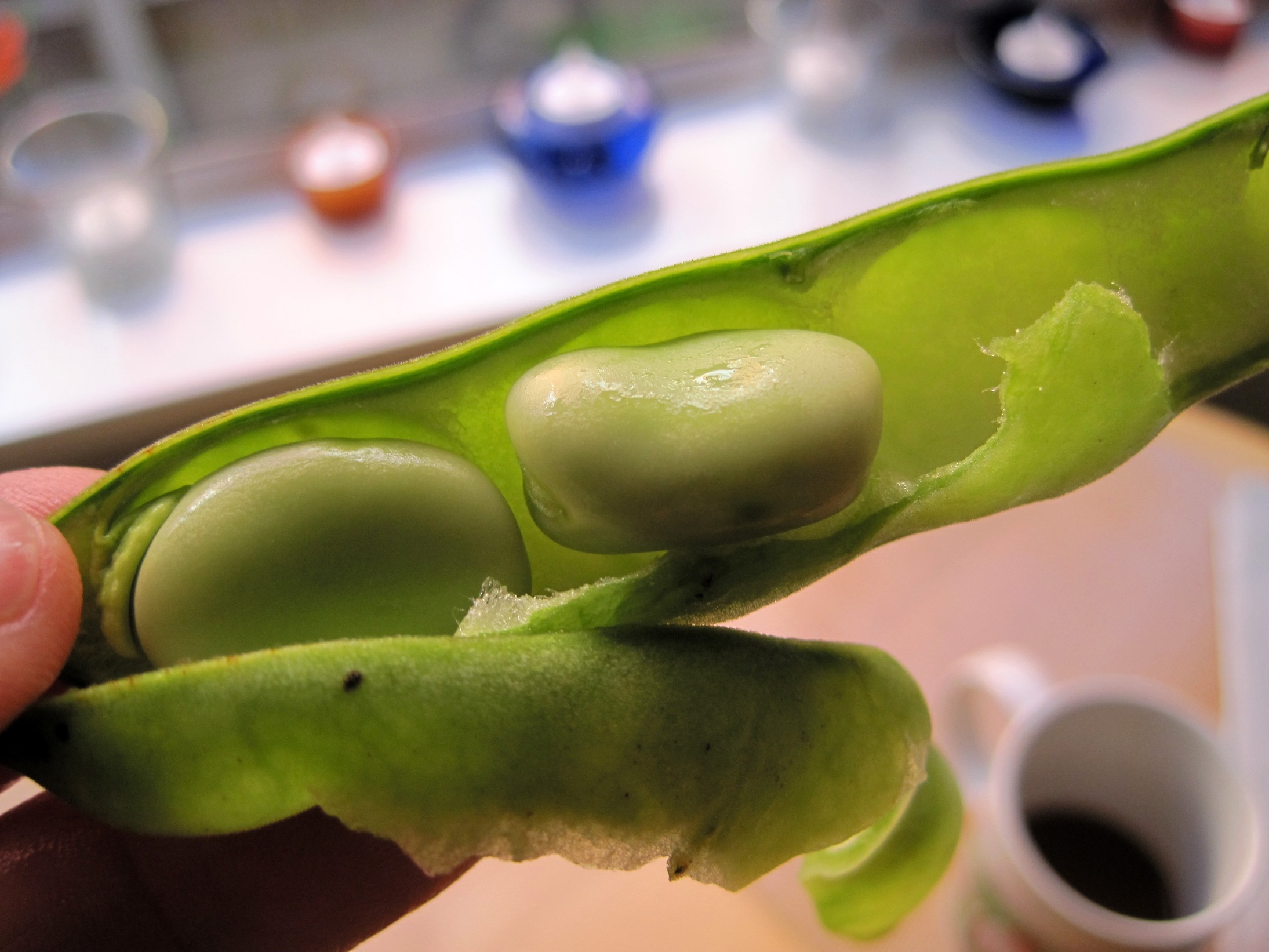
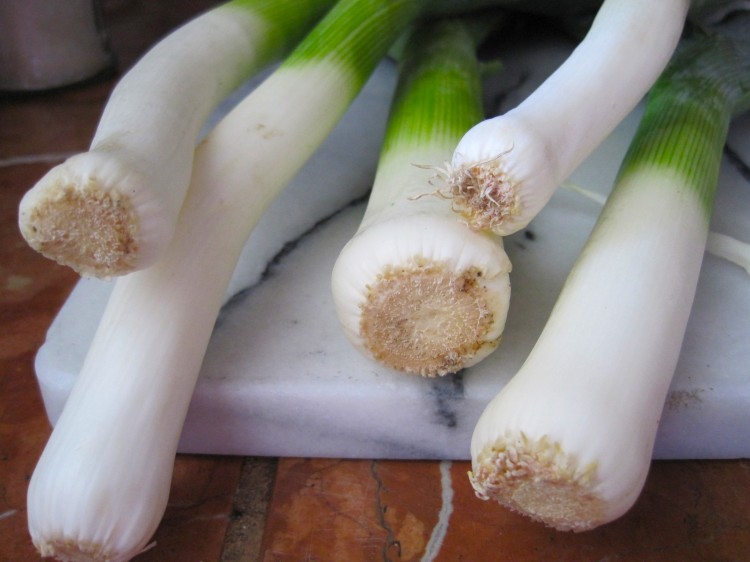
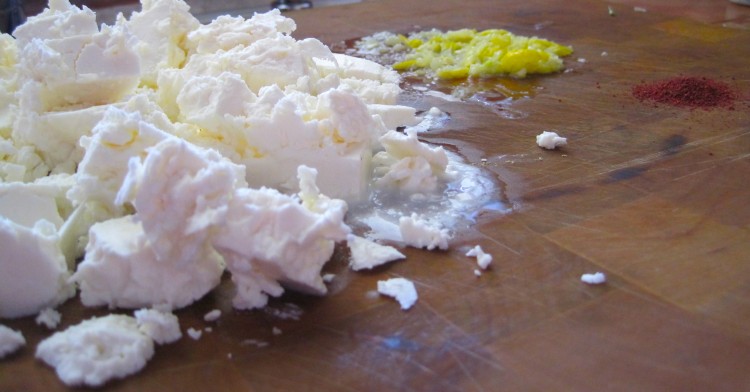
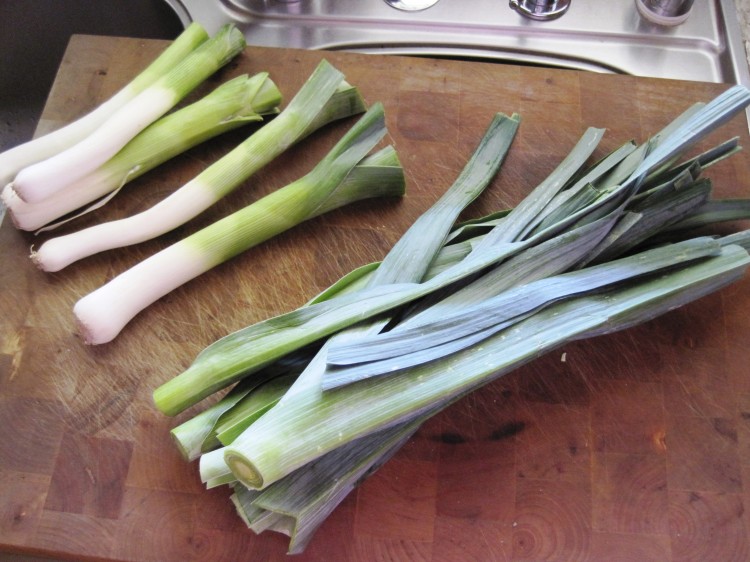
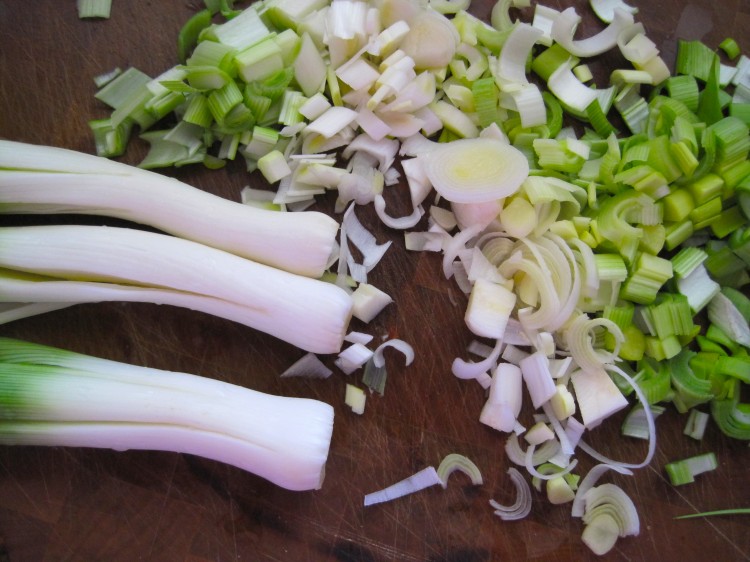
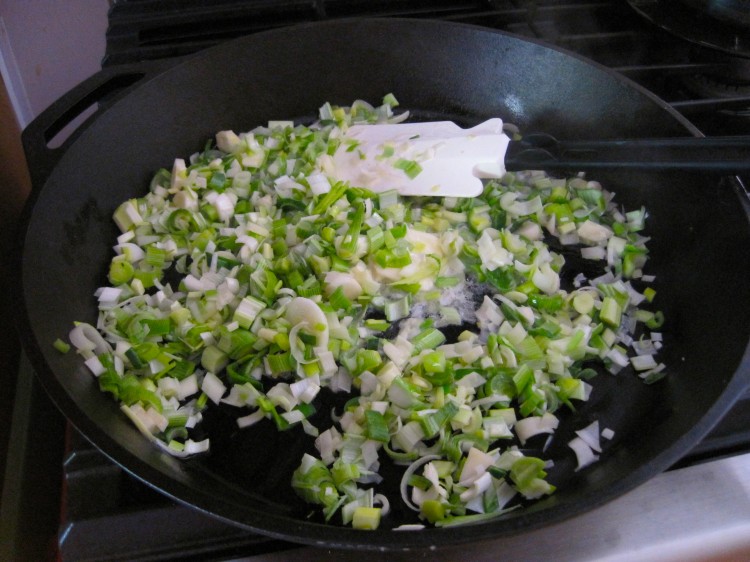
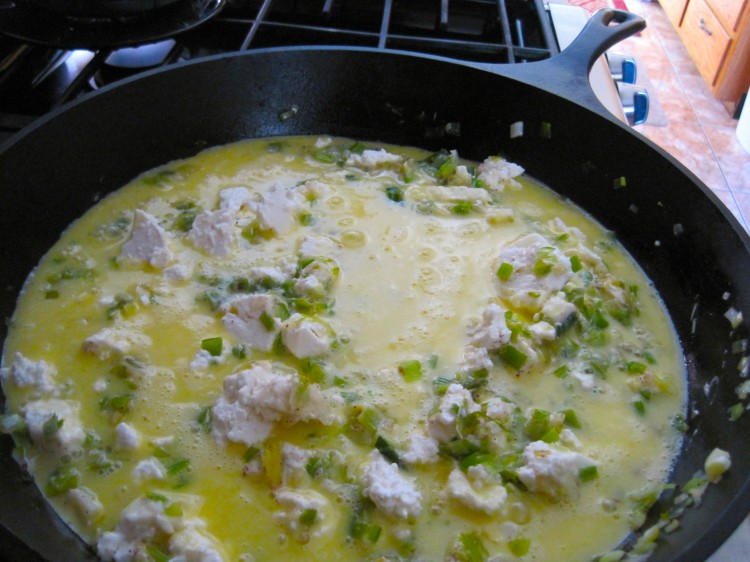 We were so happy about the soft, mildly-oniony scramble that I neglected to photograph the finished product — which we consumed with a side of good toasted bread, which is all you need. The addition of the sumac and lemon added a whisper of citrusy tartness to the salty, creamy, funky feta backbone.
We were so happy about the soft, mildly-oniony scramble that I neglected to photograph the finished product — which we consumed with a side of good toasted bread, which is all you need. The addition of the sumac and lemon added a whisper of citrusy tartness to the salty, creamy, funky feta backbone.